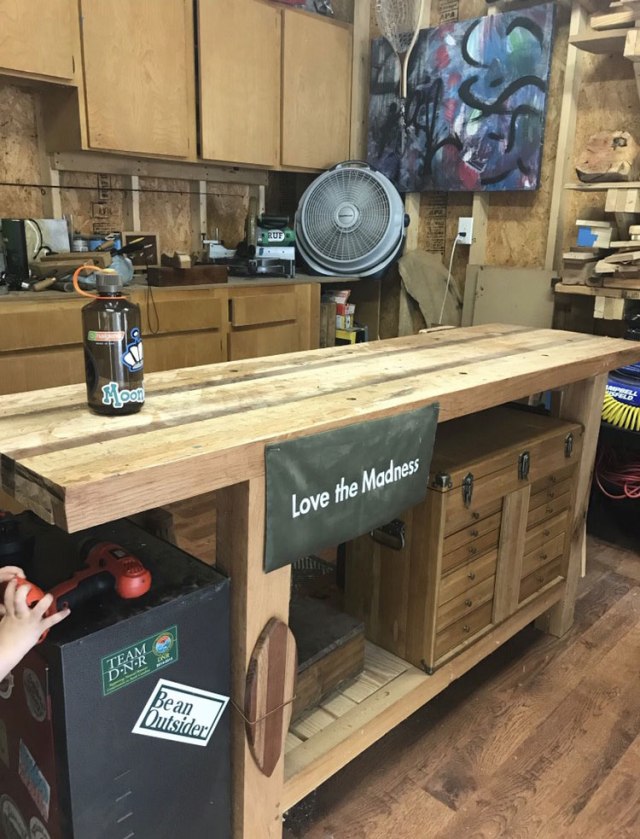
Whenever I finish building a massive workbench in oak, I think: This thing is going to last a long, long time.
Hubris.
For proof, just ask Ryan Bowen, of Charlotte, North Carolina. Ryan had built a “lightweight Roubo” workbench about five years ago. It was built using almost no glue. All the joints are pegged and without adhesive.
The bench lived in his shop, a green outbuilding, along with his great grandfather’s tool chest. The bench was, according to Ryan, “easily my favorite tool.”


Last week a giant oak decided to fall on Ryan’s shop, destroying the entire structure. Then it rained on the interior contents for two hours. No one was hurt.
Check out the photos to see how the bench failed. “All in all I was not too upset,” Ryan wrote in an email, “and plan to rebuild with a new top.”
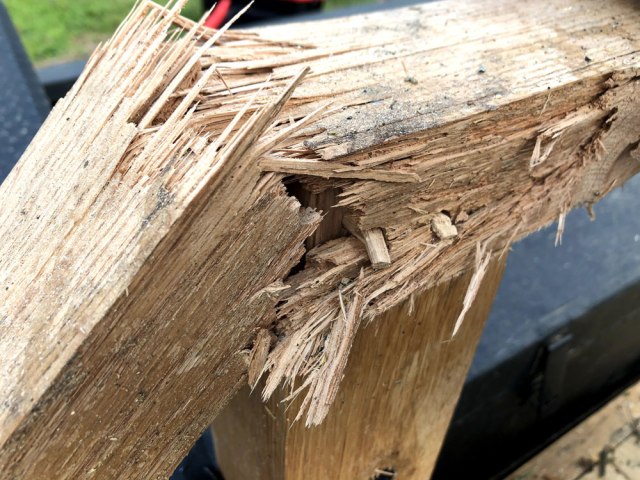
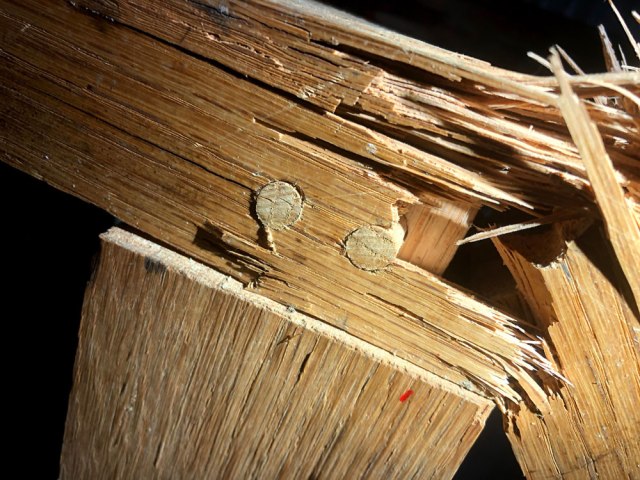
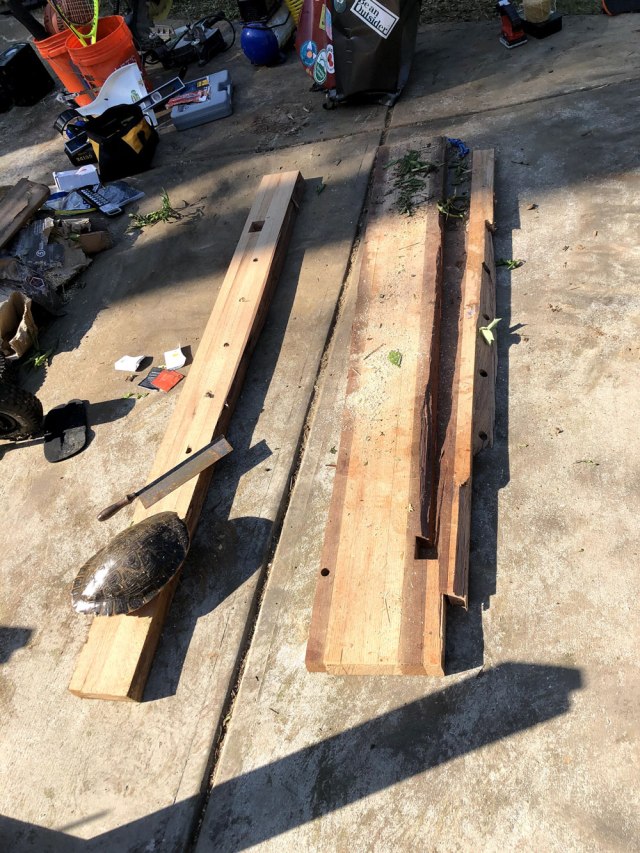
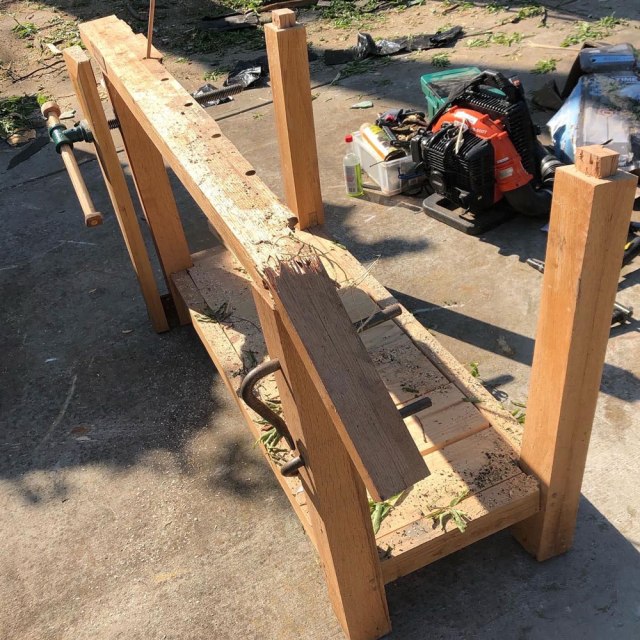
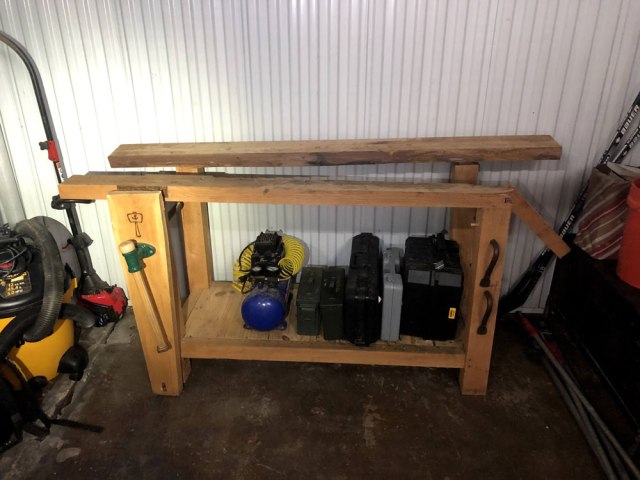
Ryan had some things to say about the damage:
- “Assembling base joinery without glue has advantages. You can see how things broke apart cleanly – I would expect a lot more shearing and splintering with glued joints. Or perhaps it all would have held together…we’ll hopefully never know.
- “I definitely should have done a through-mortise to the top and made a beefier top. But (I was) young and poor with limited access to oak….”
There’s one more important lesson to share, and that relates to Ryan’s tool chest. I’m waiting on a photo and then we can discuss that.
— Christopher Schwarz